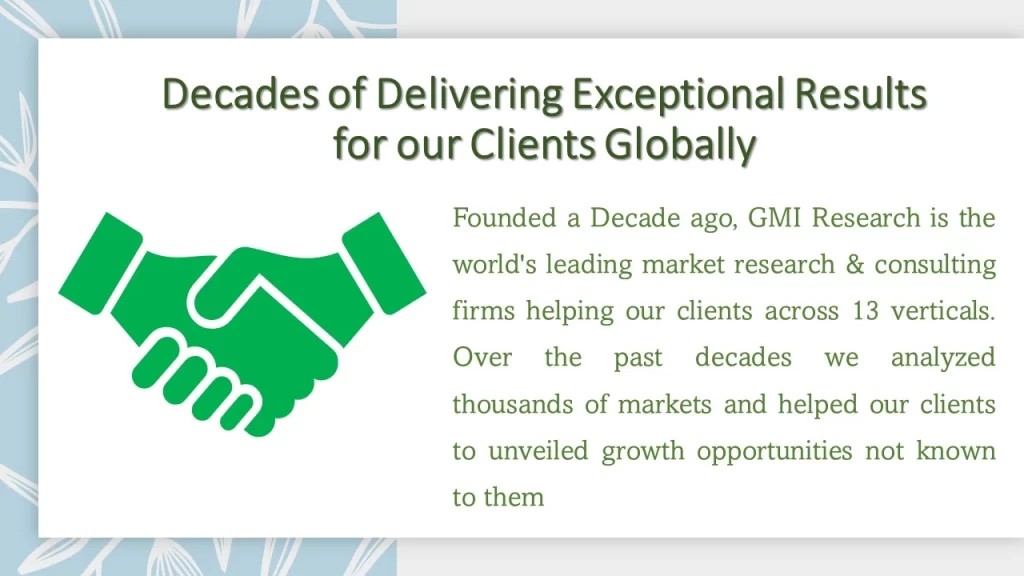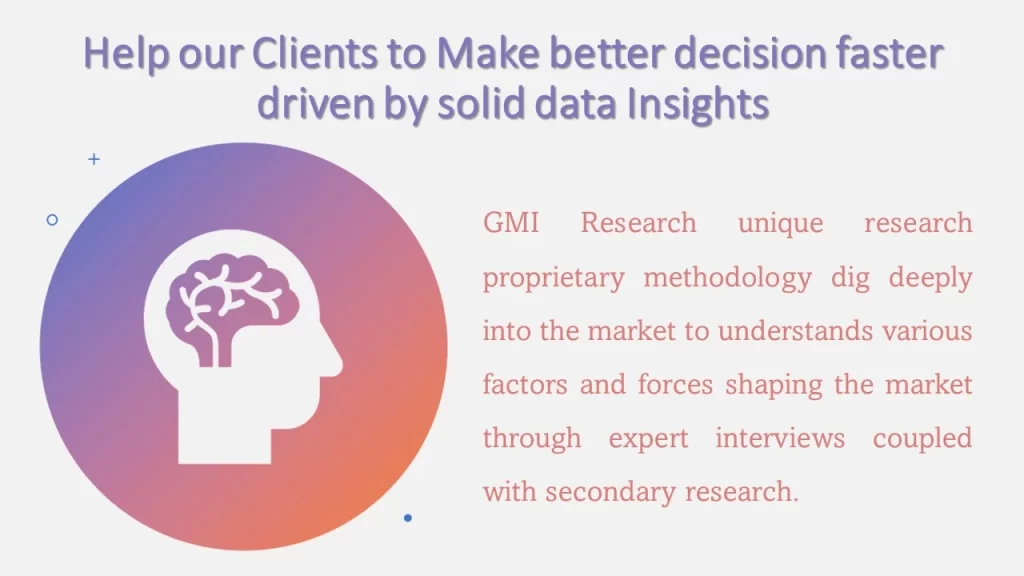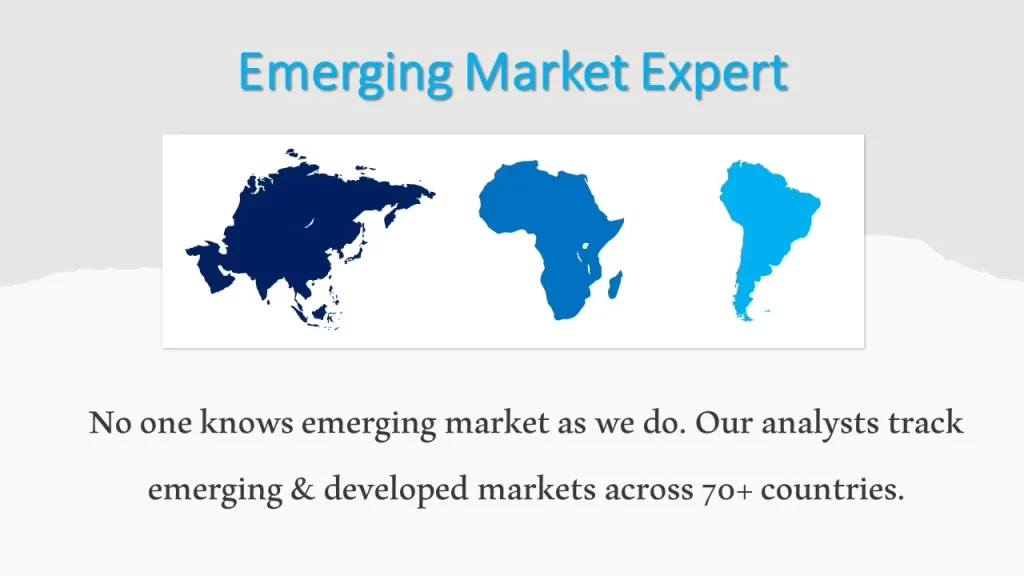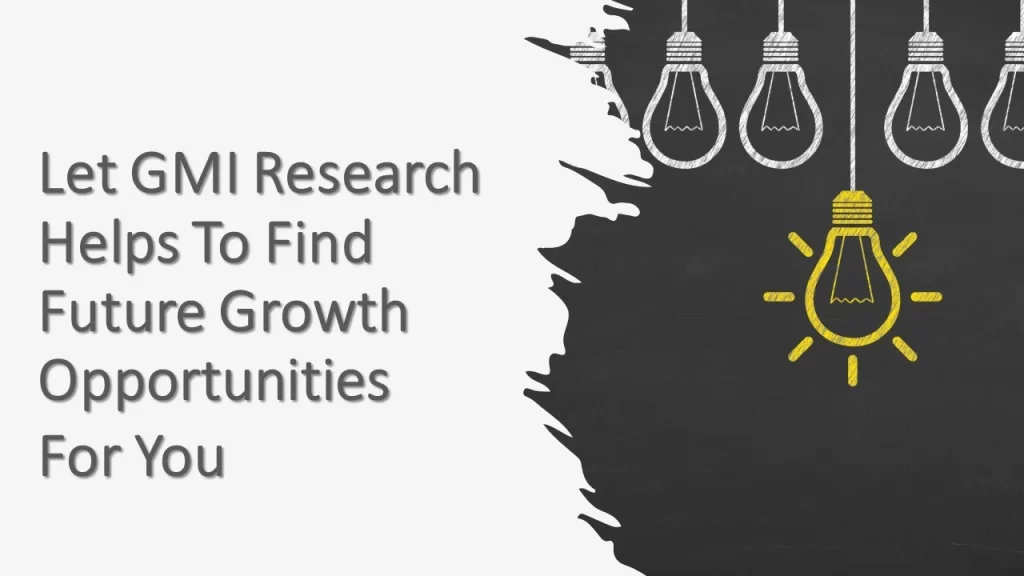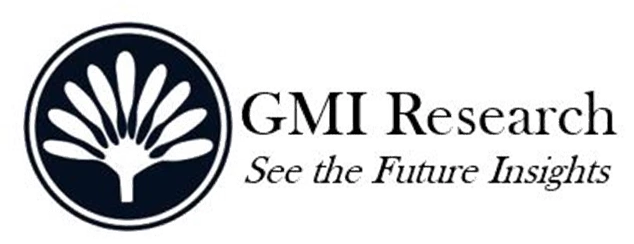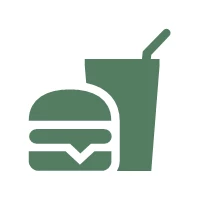Halal Ingredients Market Size by Ingredient Type, Application and by Geography – Opportunities & Forecast, 2019-2026
Halal Ingredients Market Size by Ingredient Type (Ingredients for Food & Beverages, Ingredients for Cosmetics and Ingredients for Pharmaceuticals), Application (Food & Beverages, Cosmetics and Pharmaceuticals) and by Geography – Opportunities & Forecast, 2019-2026
Halal Ingredienets Market was estimated at USD 43 Billion in 2018 and anticipated to rise at 5.7% CAGR over the forecast period.
Introduction of the Halal Ingredients Market Report
Halal is an Arabic word meaning lawful or permitted. It is commonly used in relation to food products, cosmetics, pharmaceuticals, food ingredients. Halal ingredients means that the ingredients used in preparation of a product must be lawful or permissible according to the Islamic law. Examples of Halal ingredients are halal meat slaughtered by Islamic law, vegetable, cosmetics without alcohols etc.

With increasing disposable income, growing population and busy lifestyle the focus has been shifting towards convenient and instantly processed food. Also, Muslim population around the world tends to grow at fastest rate, which is demanding the focus of different industries to start using halal ingredients in their products, offer processed halal food etc. and are bolstering the growth of global halal ingredients market. However, high cost of production and lack of uniformity in the halal standards is a factor hindering Halal Ingredients Market growth.
Various notable players operating in the market, include Ashland Global Specialty Chemicals Inc., Barentz International B.V., BASF SE, Cargill, Incorporated, DuPont de Nemours, Inc., Halagel (M) Sdn. Bhd., Kerry Group plc, Koninklijke Dsm N.V, Symrise AG and The Archer Daniels Midland
The Global Halal Ingredients Market has been segmented based on ingredient type, application and key geographies. Based on ingredient type, the market comprises of Ingredients for Food & Beverages, Ingredients for Cosmetics and Ingredients for Pharmaceuticals. Based on application, the market comprises of Food & Beverages, Cosmetics and Pharmaceuticals. The research report “Global Halal Ingredients market” provides in-depth analysis of Global Halal Ingredients market based on ingredient type, application and major geographies for the forecast period from 2019 to 2026. The report also highlights the major market drivers propelling the growth as well as challenges faced by market participants. The research report provides market size and forecast for the Global Halal Ingredients market. In addition, the report also analyses the competitive landscape, major players and their strategies in 2019 The competitive landscape section of the report captures and highlights the recent developments in the market.

Key questions answered in this research report:
1- At what pace is Global Halal Ingredients market growing? What will be growth trend in future?
2- What are the key drivers and restraints in the current market? What will be the impact of drivers and restraints in the future?
3- What are the regional revenue and forecast breakdowns? Which are the major regional revenue pockets for growth in the Global Halal Ingredients market?
4- What are the various application areas and how they are poised to grow?
Market Segmentation
• By Ingredient Type
• Ingredients for Food & Beverages
• Flavors
• Hydrocolloids (Thickeners, Binders, Stabilizers)
• Starches
• Sweeteners
• Acidulants
• Emulsifiers
• Enzymes
• Antioxidants
• Preservatives
• Others
• Ingredients for Cosmetics
• Specialty Additives
• Active Ingredients
• Others
• Ingredients for Pharmaceuticals
• Active Pharma Ingredients
• Excipients
• By Application
• Food & Beverages
• Cosmetics
• Pharmaceuticals
By Geography
• North America
As a part of customization
o By Ingredient Type
o By Application
o US
o Canada
o Mexico
• Europe
As a part of customization
o By Ingredient Type
o By Application
o UK
o Germany
o Spain
o Rest of Europe
• Asia-Pacific
As a part of customization
o By Ingredient Type
o By Application
o China
o Australia
o India
o Rest of APAC
• ROW
As a part of customization
o By Ingredient Type
o By Application
o Brazil
o South Africa
o GCC countries
o Rest of world (remaining countries of the LAMEA region)
Leading market players
• Ashland Global Specialty Chemicals Inc.
• Barentz International B.V.
• BASF SE
• Cargill, Incorporated
• DuPont de Nemours, Inc.
• Halagel (M) Sdn. Bhd.
• Kerry Group plc
• Koninklijke Dsm N.V
• Symrise AG
• The Archer Daniels Midland
*Other prominent players in the market can also be profiled as a part of customization
Frequently Asked Question About This Report
Halal Ingredients Market [UP04A-00-1119]
The significant factor boosting the Halal Ingredients Market owing to the increasing disposable income, growing population and busy lifestyle the focus has been shifting towards convenient and instantly processed food.
The Asia Pacific region anticipated to grow at higher CAGR in Halal Ingredients Market due to largest population of Muslims lives in Asia Pacific countries like India, Pakistan, Bangladesh, and Indonesia.
Halal Ingredients market is projected to grow at a 5.7% CAGR during the forecast period.
Various notable players operating in the market, include Ashland Global Specialty Chemicals Inc., Barentz International B.V., BASF SE, Cargill, Incorporated, DuPont de Nemours, Inc., Halagel (M) Sdn. Bhd., Kerry Group plc, Koninklijke Dsm N.V, Symrise AG and The Archer Daniels Midland.
- Published Date: Oct-2019
- Report Format: Excel/PPT
- Report Code: UP04A-00-1119
Licensing Options
Single-User License:
The report is used by the purchaser (One Individual) only
Multi-User License:Report is shared with maximum 5 users (employees) including the purchaser of the purchasing corporation only
Corporate License:
Report is shared with unlimited user (employees) of the purchasing corporation only
The report is used by the purchaser (One Individual) only
Multi-User License:Report is shared with maximum 5 users (employees) including the purchaser of the purchasing corporation only
Corporate License:
Report is shared with unlimited user (employees) of the purchasing corporation only
Halal Ingredients Market Size by Ingredient Type, Application and by Geography – Opportunities & Forecast, 2019-2026
$ 4,499.00 – $ 6,649.00
Why GMI Research
